by Louis Cinquino
In this series, CiPP4 graduate Louis Cinquino brings to life some of the core concepts of positive psychology and wholebeing happiness—putting the basics in context through his insightful observations, personal experiences, and fresh interpretations. Louis begins each installment in the series with a six-word story.
“Where?”
“There, there, or there?”
“Here.”
I grew up in western New York, between Buffalo and Rochester. What comes to mind when you think of that part of the world?
If you’re like many of the people I meet, when I say “Buffalo,” they think of two things.
Since you can now get one of those things (decent chicken wings) in many other areas of the country, I more often get a question about the other thing:
“How could you live up there, with all that snow?”
It’s a fair question. As it happens, I experienced “up there,” nestled in the picturesque lands surrounded by Lake Erie, Lake Ontario, and the Finger Lakes, as a place of great happiness for decades of my youth and early adulthood.
I may not have consciously been aware of it at the time but, as I studied the science of happiness and human performance in the Certificate in Positive Psychology course, I came to understand three of the reasons why.
Namely: pleasure, purpose, and strengths.
It turns out that how I lived up there, even in the face of the adversity of winter weather, involved the intersection of these three pursuits that we all need to sustain a happy life.
The pleasures were found in a loving, stable home with fun activities and joyful friendships wherever I turned. The purpose was provided by a rigorous Catholic education and the examples of hard work and service to others that I witnessed in my parents. These were supported, especially in the winter, by the strengths of fortitude and wool socks—both of which were critical to survive and thrive.
When we live only in pleasure, we can miss out on the satisfaction of contributing to the welfare of others or the creation of something of value. That way of life (a me-first, “whatever feels good” approach) can also leave us in a continuous and expanding state of need. We might find ourselves needing more and more and more pleasure in order to gain the same satisfaction—and we may be left entirely without resilience if and when the good feelings ebb or the luxury ceases.
Likewise, if we live with great purpose and meaning, yet without pleasure, we not only set ourselves up for burnout, we also put our good work at risk by alienating the people around us who we rely on for support and collaboration. If all I do is work, or rail against injustice, or judge others by their adherence to my definition of what’s important, I’m putting myself on an island. A lonely island.
So how can we begin to find the pleasure in our purpose? First, by identifying our character strengths, and by recognizing and appreciating the character strengths of others. As these strengths come to the fore, we find success—which is itself a pleasure and can invigorate our self-esteem and assure us that we are making a difference. And, when we recognize the strengths of others, we validate their worth and naturally find ways to team up to support both our purpose and our pleasures.
“Cold weather builds character,” is something we are fond of saying in the snow belt. I’m sure there are plenty of resilient people in Hawaii, but I also like to imagine that the 10-foot snowbanks, three straight weeks of subzero temps, and four-inch slush puddles I slogged through in LeRoy, New York (that my poor Hawaiian friends never had the privilege and benefit of surviving) helped bring out strengths in me that I still use to this day.
For example, I cherish my strength of judgment, the one that came up highest for me in my most recent VIA Survey of Character Strengths. Let’s face it—pond hockey is a blast until your toes get cold. Then it’s torture. It took judgment to dress to stay warm and safe, and adapt to any conditions or activities. We couldn’t just wait out snowstorms, we had to develop and rely on our judgment (and those wool socks) to survive and enjoy them.
Looking back now, I see that my training in happiness and human performance came first through finding purpose in what I considered the work of my childhood: my education and my church. It also came in finding pleasure where others saw adversity—and in the strengths to find those through not only judgment, but also other top strengths of mine, such as creativity and appreciation of the beauty of nature.
Those strengths helped turn snow days into adventures. Refrigerator boxes became toboggans. Snow-covered driveways became dollar signs (once we’d shoveled them). Hitting trees with snowballs became spring training for baseball season. Below-zero temperatures overnight meant pond hockey in the full sun of day.
The Blizzard of ‘77 became just another reason to be grateful for good neighbors …
To live well in a place with inhospitable weather, I had to naturally develop, from a very early age, my own sense of purpose and pleasure—and the strengths to get me through those winters happily. Unbeknownst to me, I was living in the middle of a perfect (snow)storm of all three.
Maybe that’s why my humble little hometown region boasts of contributions to the world well beyond the ability to catch snowflakes our tongues, such as personal photography (Kodak), digital photography and photocopying (Xerox), the pacemaker (Wilton Greatbatch), the country’s first cancer research lab (Dr. Roswell Park), the voting machine (Jacob Myers), the seemingly unlikely source of the original air conditioner (Carrier), the stringless string bean (Calvin Keeney), and my personal favorite, prepackaged Jell-O (Pearl Wait).
Louis Cinquino is a writer, editor, runner, dad, and graduate of CiPP4. His personal observations, discoveries, and training plan as he prepared for the Fifth Avenue Mile race were featured in “The Mulligan Mile,” (Runners World, September 2013). The article forms the basis of his memoir, currently awaiting publication. He also develops online advertising and has worked with Wholebeing Institute to promote its website and course enrollment. You can read more from Louis on his blog, TakingMulligans.com.

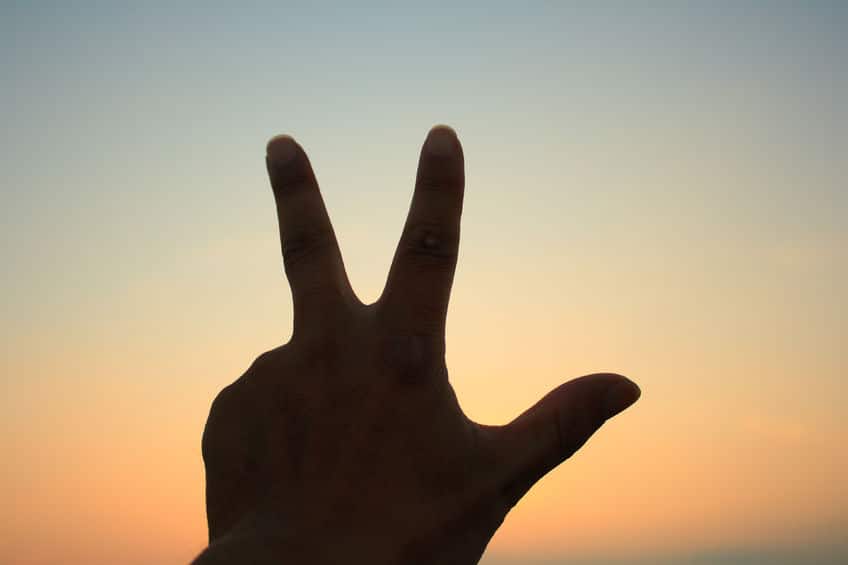
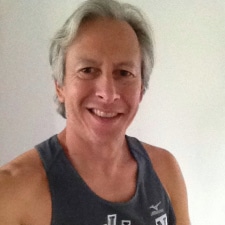 Louis Cinquino is a writer, editor, runner, dad, and graduate of CiPP4. His personal observations, discoveries, and training plan as he prepared for the Fifth Avenue Mile race were featured in “The Mulligan Mile,” (Runners World, September 2013). The article forms the basis of his memoir, currently awaiting publication. He also develops online advertising and has worked with Wholebeing Institute to promote its website and course enrollment. You can read more from Louis on his blog,
Louis Cinquino is a writer, editor, runner, dad, and graduate of CiPP4. His personal observations, discoveries, and training plan as he prepared for the Fifth Avenue Mile race were featured in “The Mulligan Mile,” (Runners World, September 2013). The article forms the basis of his memoir, currently awaiting publication. He also develops online advertising and has worked with Wholebeing Institute to promote its website and course enrollment. You can read more from Louis on his blog, 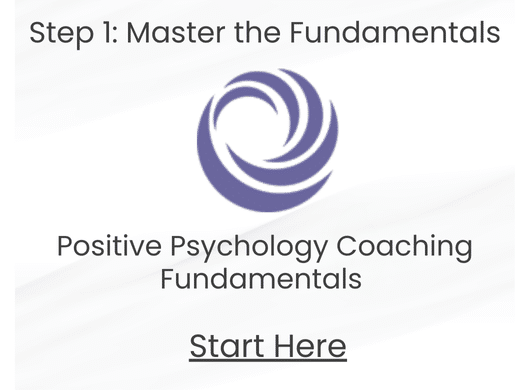
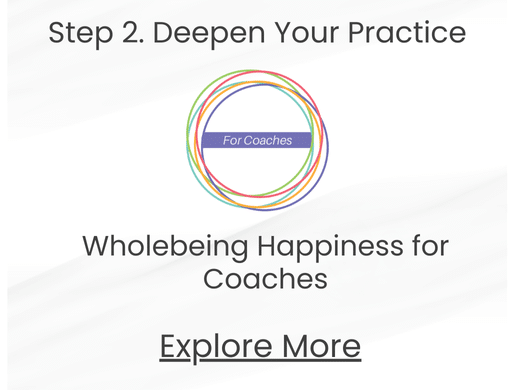
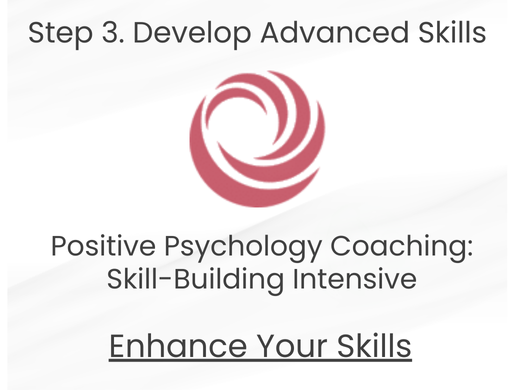

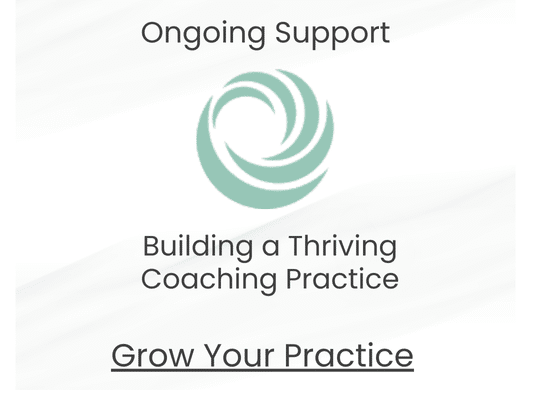
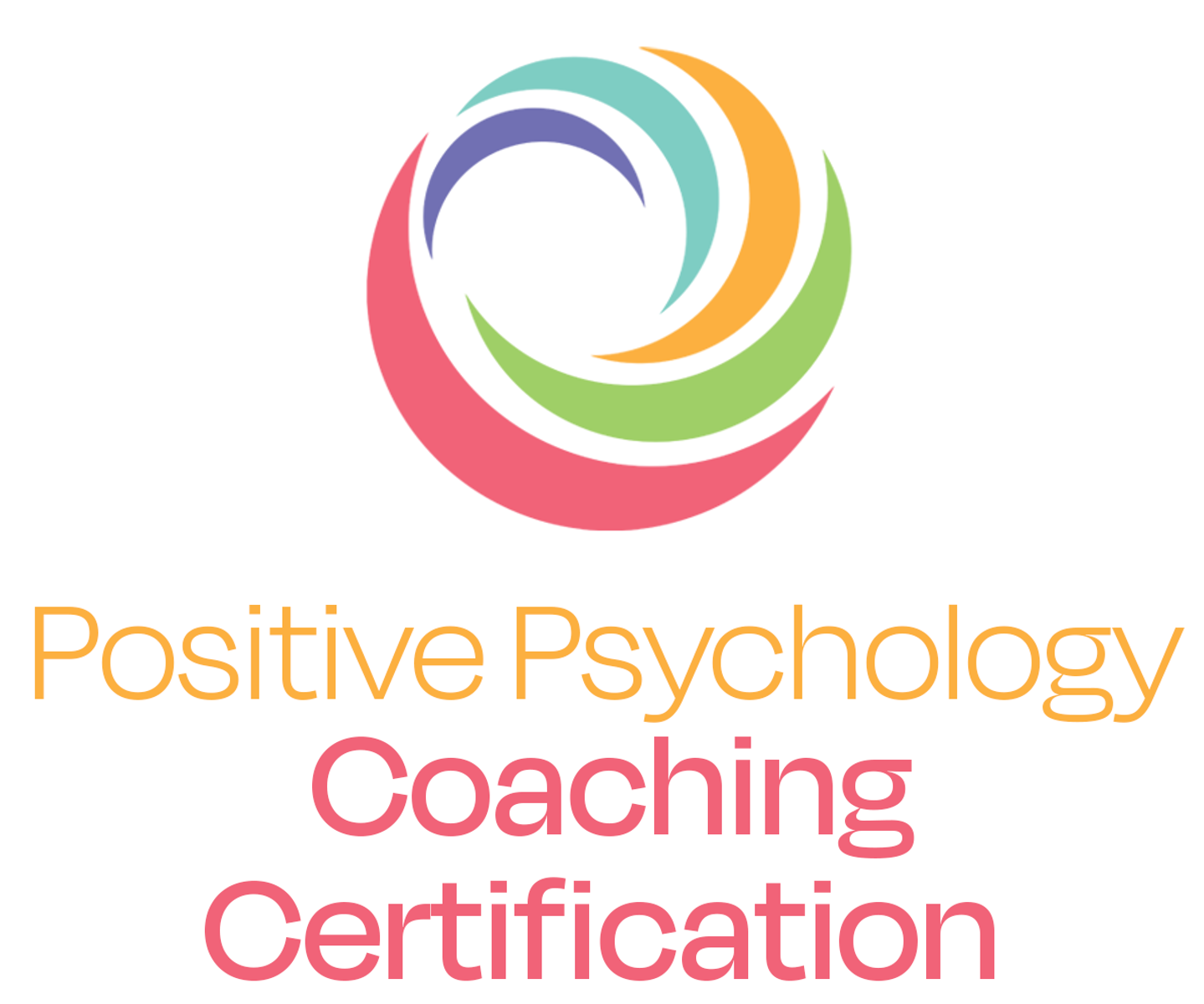
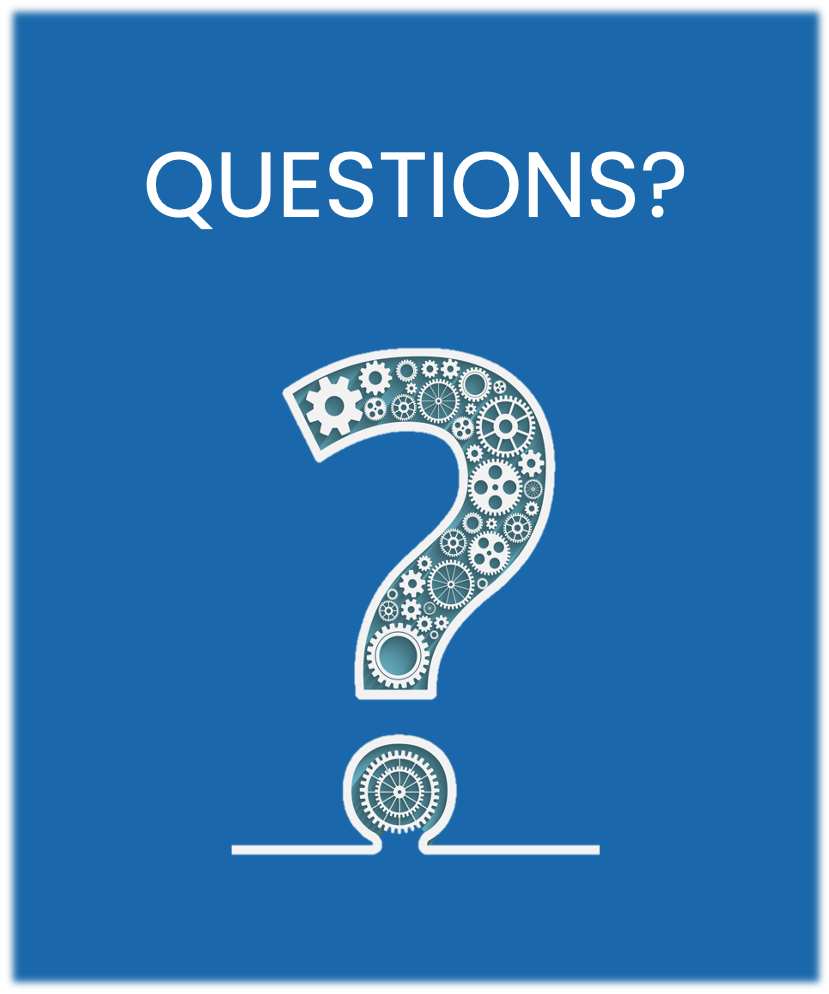

Woohoo! Hooray for beautifully framed lesson in Positive Psychology! I, too, grew up in Upstate (Ro-cha-cha!) and wouldn’t change it for anything! Great article!